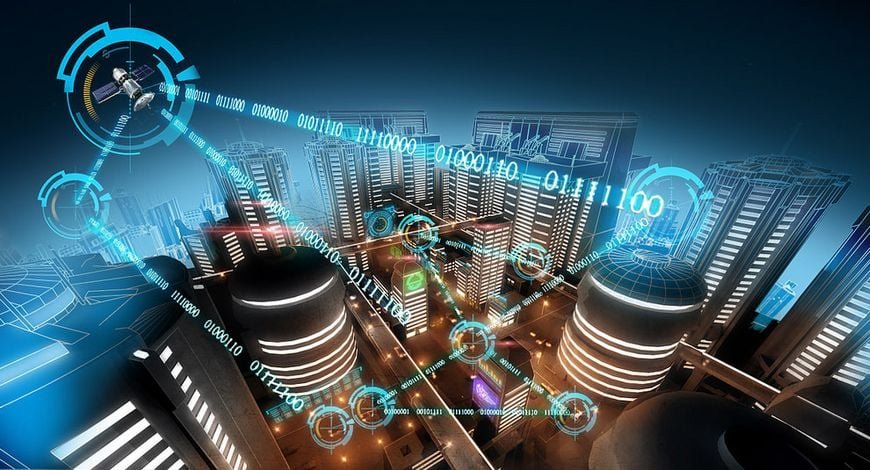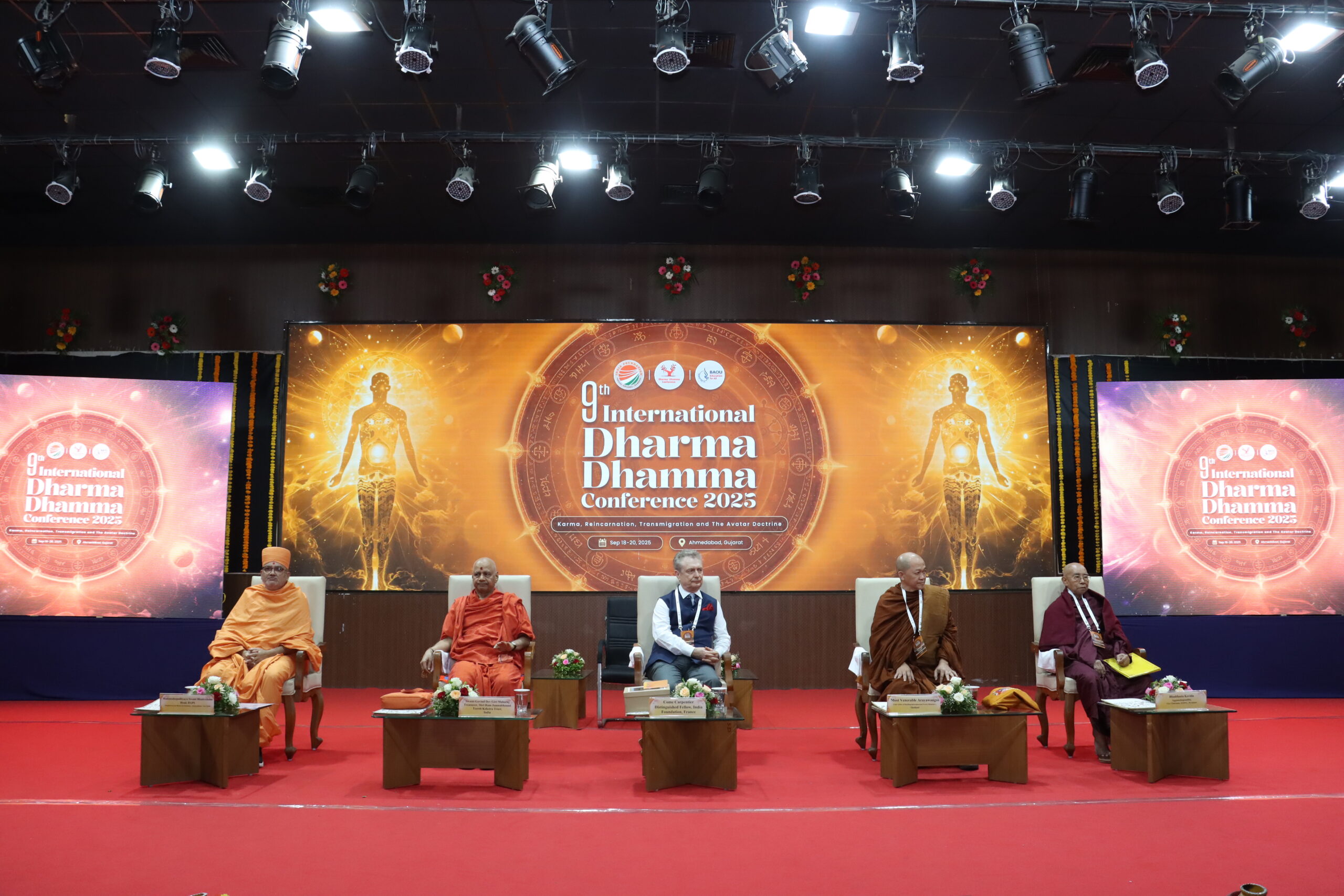The G20 presidency allows India to highlight a key aspect of its global rise – its role as a provider of global public goods and services. All delivered digitally.
From December 2022, India will take over the presidency of the G20 for one year. The G20 or Group of Twenty is one of the most important groupings in the world because it includes not only most of the world’s leading economies (both developed and developing) but also makes up 80 per cent of the gross world product, measures half of the globe’s land area, two-thirds of the population, and around 75-80 per cent of international trade.
India’s presidency comes at a time of great global turmoil. The changing world order, and India’s own ambitions of rising in the global system, must today take into account not just a global warming crisis, but also an upcoming recession, and a war in Ukraine which is alarmingly bringing back fears of the use of nuclear weapons.
At a time like this, the key question is what India could achieve through its presidential term, what could it showcase that would stand out and be representative of its undisputed global contribution. This essay argues that the G20 is India’s opportunity to craft a new narrative of ‘digital democracies’ which would enable the country to showcase not only its prowess in building and deploying public goods at scale which operate, and are delivered, digitally, but it would also assist in demonstrating its commitment to offer such goods at a global, and not merely national, level.
In recent years, India’s policymaking and delivery has had a digital cornerstone. Whether it was delivering cash benefits to vulnerable populations, or instantaneous delivery of vaccine certificates, during the Covid-19 pandemic, the use of mobile phone-based digital infrastructure took centerstage. Alongside this, India’s UPI (Unified Payments Interface) and RuPay – built by India’s National Payments Corporation of India – payment cards systems which constitute a multinational financial services and payment service system has now spread to seven countries – Oman, Singapore, Bhutan, Malaysia, France, Nepal, and the United Arab Emirates (UAE). Last year, India led the world in digital financial transactions clocking 48 billion such transactions, three times China’s number, and 6.5 times that of the US, Germany, France, and Canada put together.
The Aadhaar digital identification number system, and the upcoming digital health platform, along with other initiatives like the digital locker (whose registered users have grown from 40 million before Covid to 125 million today with more than 5.6 billion documents stored) constitute an ecosystem which should be presented to the world as something other countries could successfully adopt. The successful implementation of the digital locker is the first step towards unrolling the digital health scheme which hinges upon patients being able to store their health records digitally so that they are accessible, anytime, anywhere.
The success of the underlying thought behind all these products is being recognised. For instance, the International Monetary Fund (IMF) has described India’s digital cash transfer process during the pandemic a ‘logistical marvel’. Digital technology has indeed given a fillip to delivery systems and mechanisms in India, where dealing with the labyrinthine state was always challenging for the ordinary citizen. Now, often, all it takes is a mobile phone. It has also built the case for India as the provider of global goods related to digital technologies. What kinds of goods are these?
These are two kinds of digital architectures – one owned by major corporations like in the United States which then spread their network of users around the world, and the other, a more closed system in a sense, comes from China, which also builds such architecture at scale. If the American system is dominated by large corporations, China’s systems are operated by a rather opaque authoritarian system which consistently faces investigations on issues like espionage and other allied matters.
India stands out in this because it is showing that it is able to build digital architecture at scale which does not have to fall into either of these two binaries. It can be built at scale under a democratic governance structure. This is what makes it possible for India to offer this kind of technology to other countries as suitable measures to distribute and monitor goods of governance while keeping the framework firmly democratic. At the G20 platform, India could display this prowess in a programmable manner, which means it could offer this technology as the basis for a new kind of global cooperation.
What kind of cooperation could this be? It would be between ‘digital democracies’.
The recent US government decision about licensing semiconductor manufacturing equipment to China is a very stark reminder that in an increasingly fractured world, a new network of supply chains, based once again on deep strategic reasoning, is being built.
What is happening is that a new reasoning for cooperation and collaboration is emerging where countries will build supply chains based on alliances. This kind of thing was once confined to military technology but will increasingly spread to other forms of technology sharing, because increasingly, even domestic-use technology is being weaponised. One of the examples of this came in the blocking of Russian entities from the global SWIFT financial transaction system.
Therefore, democracies will choose to band together in the sharing of cutting-edge technologies, whether civilian or military, and India is among a handful of countries which can both create mass technologies but also test them at scale. Therefore, India could legitimately hope to play a role in ensuring that a consensus is built among democracies to use and share digital public goods, many of which India could construct and bring to the table.
The ability to do so gives India a voice in the technology conversation, not merely as the site which provides tech talent, but also as the maker of products, and architecture. India is now a place where some of the biggest, and one can now legitimately say, best, digital public architecture is going to be built. A ‘digital democracy’ grouping promoted by India, the country with one of the largest sets of internet users in the world, and a place which has one of the cheapest data rates on earth, can work to build consensus on not only what kind of public utility digital infrastructure to build but also to what kind of use it should be put to, and how to prevent illegitimate use.
By championing the idea of bringing together digital democracies during its G20 presidency, India would be able to showcase its products, their impact, and their potential use in other parts of the world; all the while leading the conversation on the manner in which the global digital economy must be steered by governments to keep it away from authoritarian use. This also fits in well with India’s efforts to provide goods and services to countries that need them, as in the manner it provided vaccines around the world during the Covid pandemic. From the islands of the Pacific to countries in Africa and Latin America, where India is building deeper ties today than what it has traditionally possessed, it can offer digital goods that could be deployed effectively in many countries who might otherwise not have the technological prowess or the scale to successfully build such models.
A digital democracy framework is also a great platform for deeper India-US collaboration, especially in the light of the decoupling that the US is affecting with China, including in technology. As the world embraces 5G, issues on who has what kind of technological architecture will become a key governance question, similar to the impact that good quality roads, railways lines and airports have had. As President John F. Kennedy famously said, “American roads are not good because America is rich, but America is rich because American roads are good.”
Today, countries don’t have to be the richest to have the best public digital infrastructure. But they will be able to increase their wealth if this kind of infrastructure is widely and democratically, made available to their citizens. This is something India can take advantage of. It is a country which leapfrogged inadequacies in its physical infrastructure by building a world class information technology industry. Now it is building not only physical infrastructure that is world class but also digital infrastructure which is among the best in the world.
The G20 presidency is the platform where India comes into its own as an innovator in digital governance and places its skills and talents in this aspect as a vital part of its diplomatic goodie bag. It is a moment when India can urge a grouping based on shared values in the creation and dissemination of digital goods and services and where democracies agree on broad principles of information sharing, sovereignty safeguards, and adequate protection for privacy. This is not just an important issue for India, but is increasingly critical for every major democracy. Therefore, it might be worth considering as part of India’s G20 plans.
Author Brief Bio: Hindol Sengupta is Vice-President and Head of Research at Invest India.




